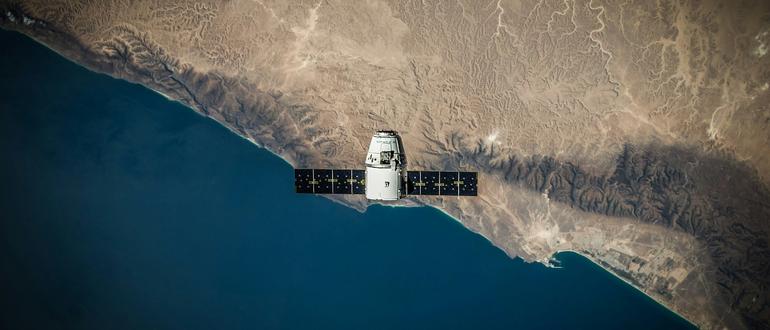
Trade organizations representing broadband providers have sent a letter to President Trump requesting that funding for the BEAD Program (Broadband Equity, Access and Deployment) be primarily spent on fiber networks as originally intended. At stake is $42.5 billion in federal funding for the program, which was earmarked to fund fiber to expand Internet access to rural and other underserved American communities.
Expanding broadband access into rural America doesn’t sound controversial, but BEAD has nonetheless generated a mini firestorm of competing interests. BEAD was established in 2021 as part of the Infrastructure Investment and Jobs Act, legislation signed into law by President Biden. The Trump administration has paused funding for BEAD as it aims to take a “tech neutral” approach, meaning that it wants to adopt a strategy that combines satellite and fiber to expand Internet access.
The broadband trade groups that sent the letter to Trump, not surprisingly, support maintaining the original focus on broadband. Noting that not a single household has been connected since BEAD was passed three-and-a-half years ago, the group urged Trump to “eliminate the unnecessary and burdensome program requirements imposed by the Biden Administration and enable the States to move forward quickly with implementation.”
Indeed BEAD did move slowly in the Biden years, partially because the legislation insisted on fiber, and laying in a fiber network takes time; issues with permits and terrain can be time-consuming. Also, BEAD had guidelines about climate impact, sustainability and hiring companies with a diverse workforce. States were only allowed to fund satellite access when it was too expensive to lay in a fiber network.
The letter acknowledged that there are other technologies to connect rural communities, like the Starlink satellite network , which is run by Elon Musk, who until recently was a key member of the Trump administration. “We recognize that there is no one-size-fits-all approach to solving rural broadband challenges and that every technology will have an important role to play in BEAD. At the same time, BEAD is a golden opportunity to drive as much fiber infrastructure as feasible into our country.”
But laying fiber hasn’t been seen as a golden opportunity by the Trump administration. Since his election, Starlink’s momentum has been so strong that BEAD’s focus on fiber broadband was clearly endangered.
Still, the letter from the broadband trade groups thought a little flattery might win Trump back to the side of fiber. Maintaining BEAD’s fiber investment “will help advance your Administration’s important connectivity, AI and advanced manufacturing goals,” the letter stated. “We are confident that under your direction, BEAD can unleash economic opportunity for America’s rural communities, and we appreciate your leadership in moving the program forward.”
Despite the persuasive letter, it appears that Starlink will now win a far bigger share of the funding pie. Originally BEAD expected to spend $4.1 billion on Starlink; the figure now appears to be $10-$20 billion, or as much as half of BEAD’s total budget.
The problem with Starlink is that it’s expensive. Buying the dish costs from $350 to $2500, and the monthly fee varies from $80 to $120 a month, with any number of add-ons driving that cost far higher. BEAD’s original guidelines required Internet service providers to offer lower cost plans for low income residents. Commerce Secretary Howard Lutnick has reportedly said he is considering reducing these price guidelines for ISPs.

